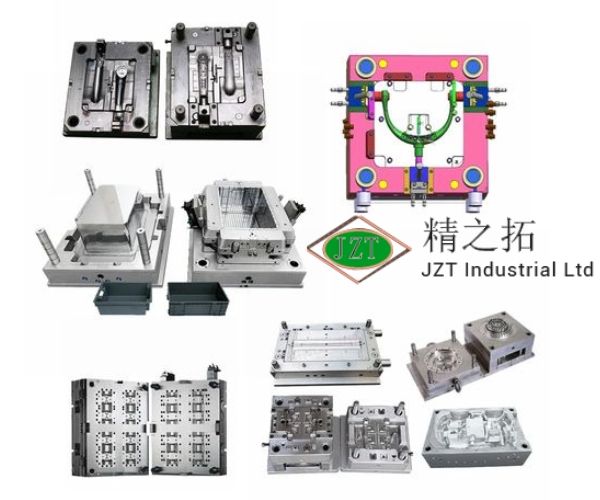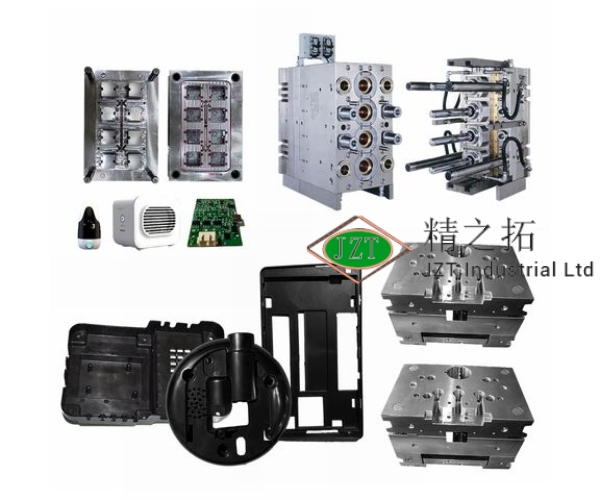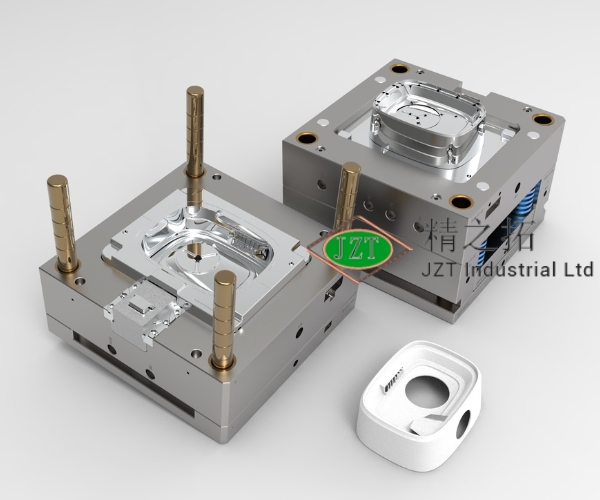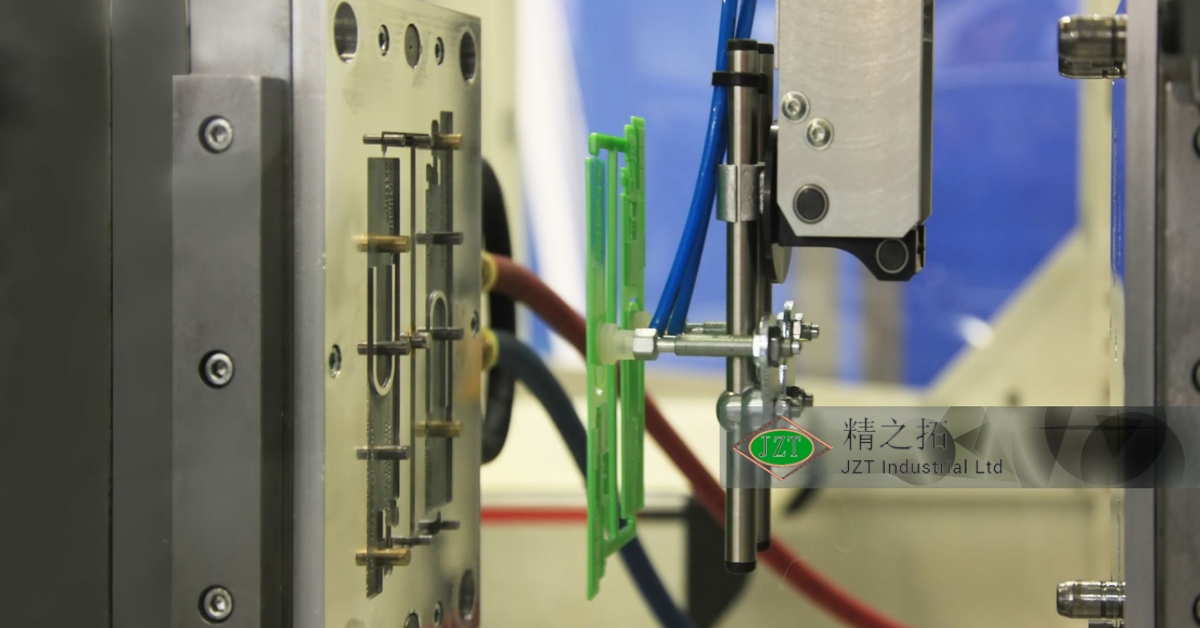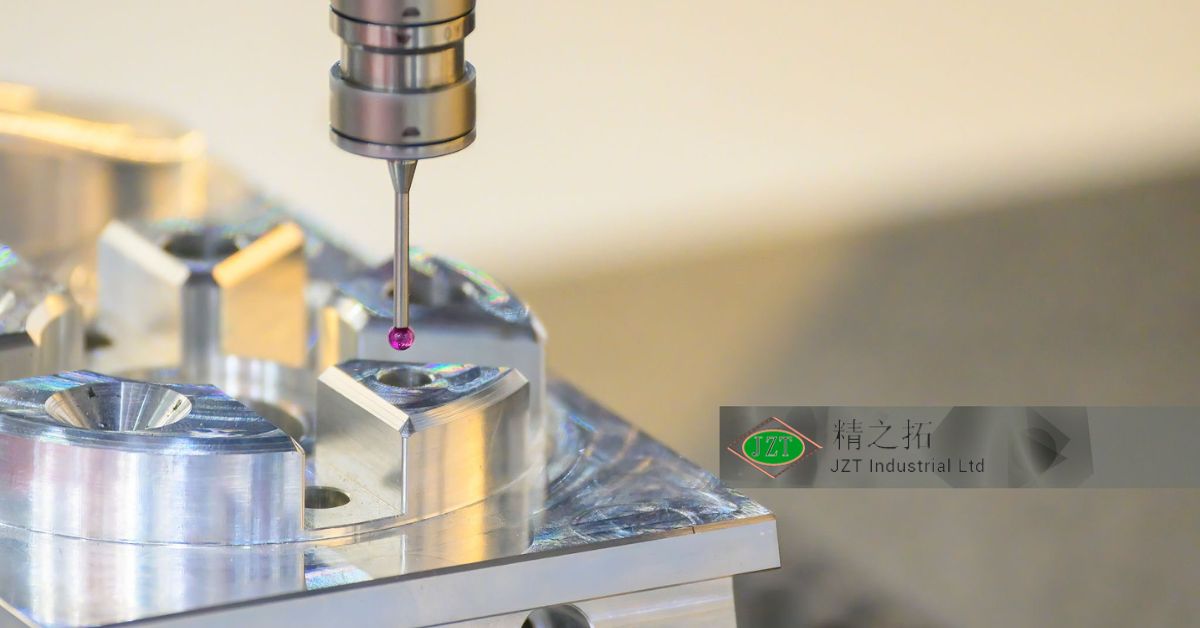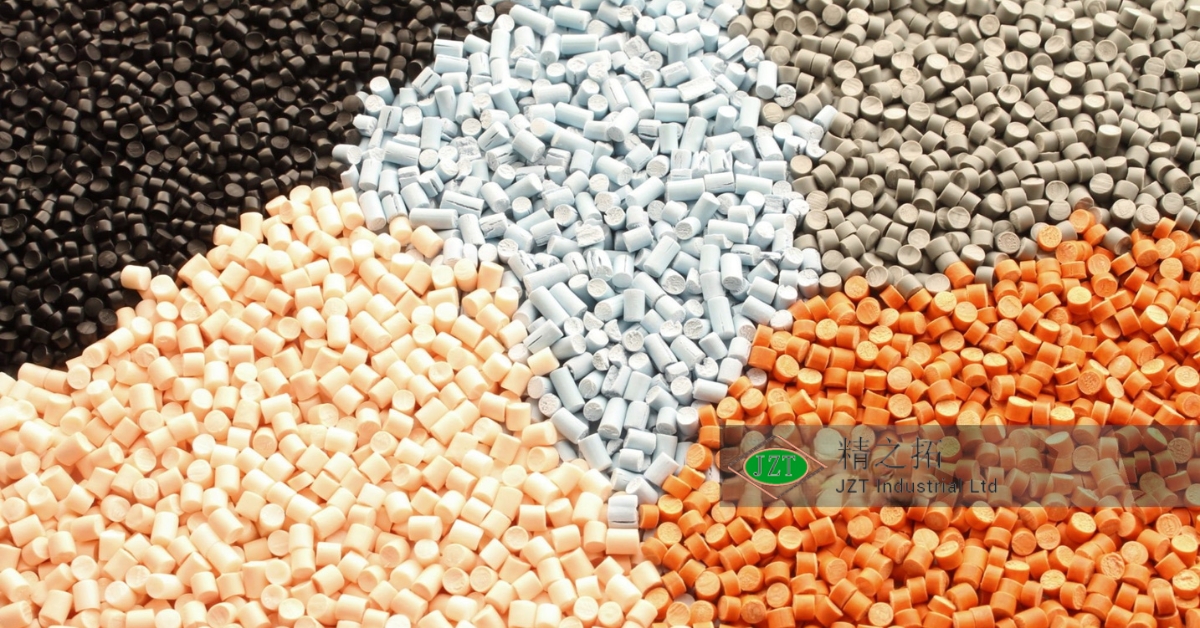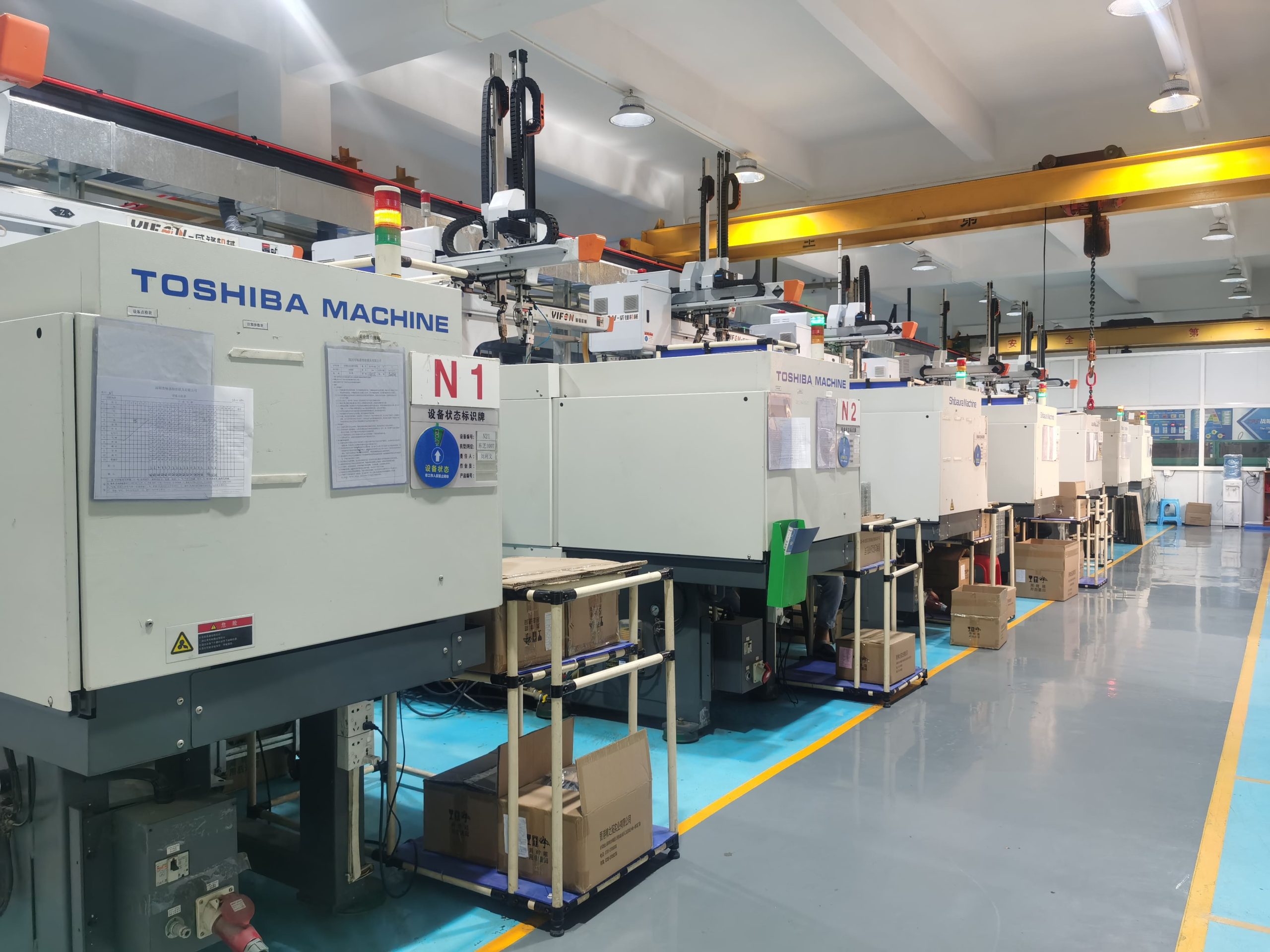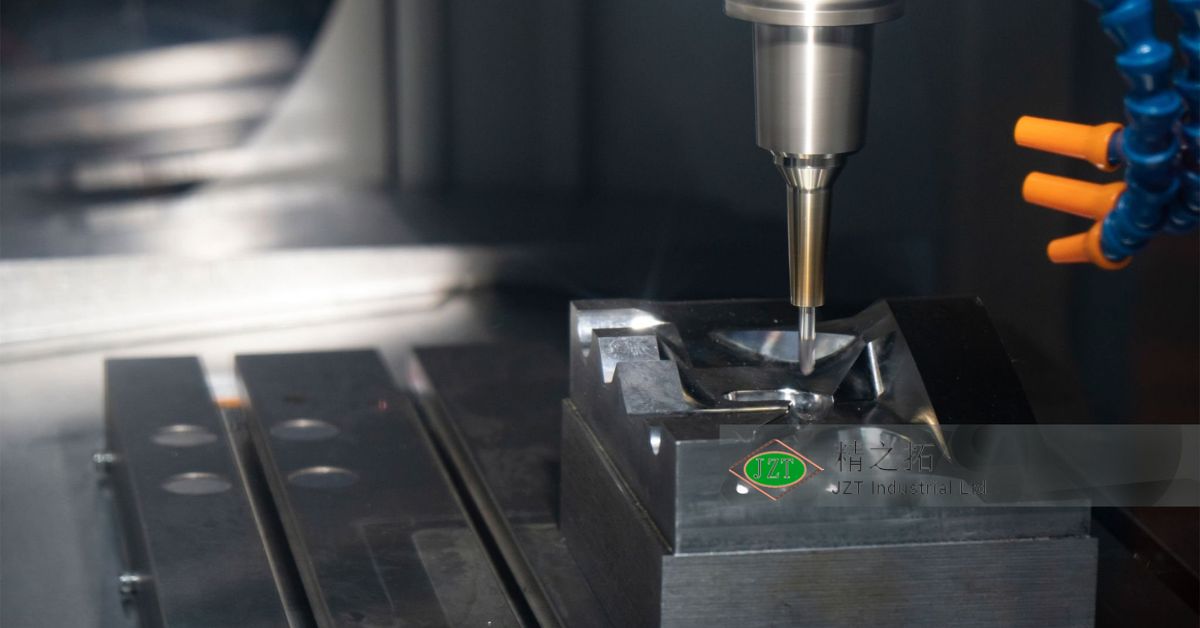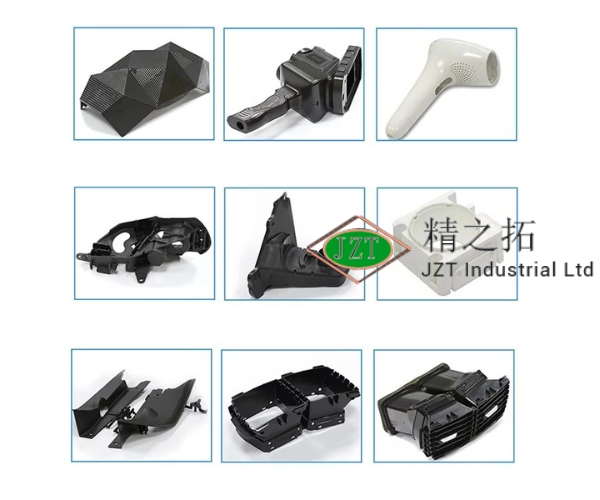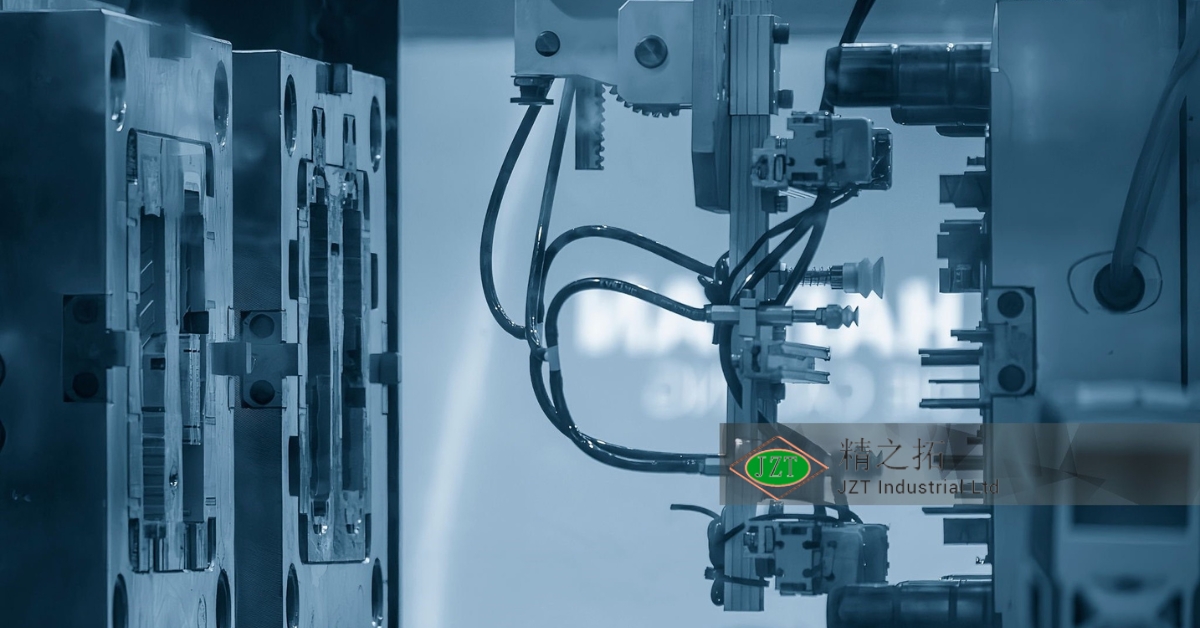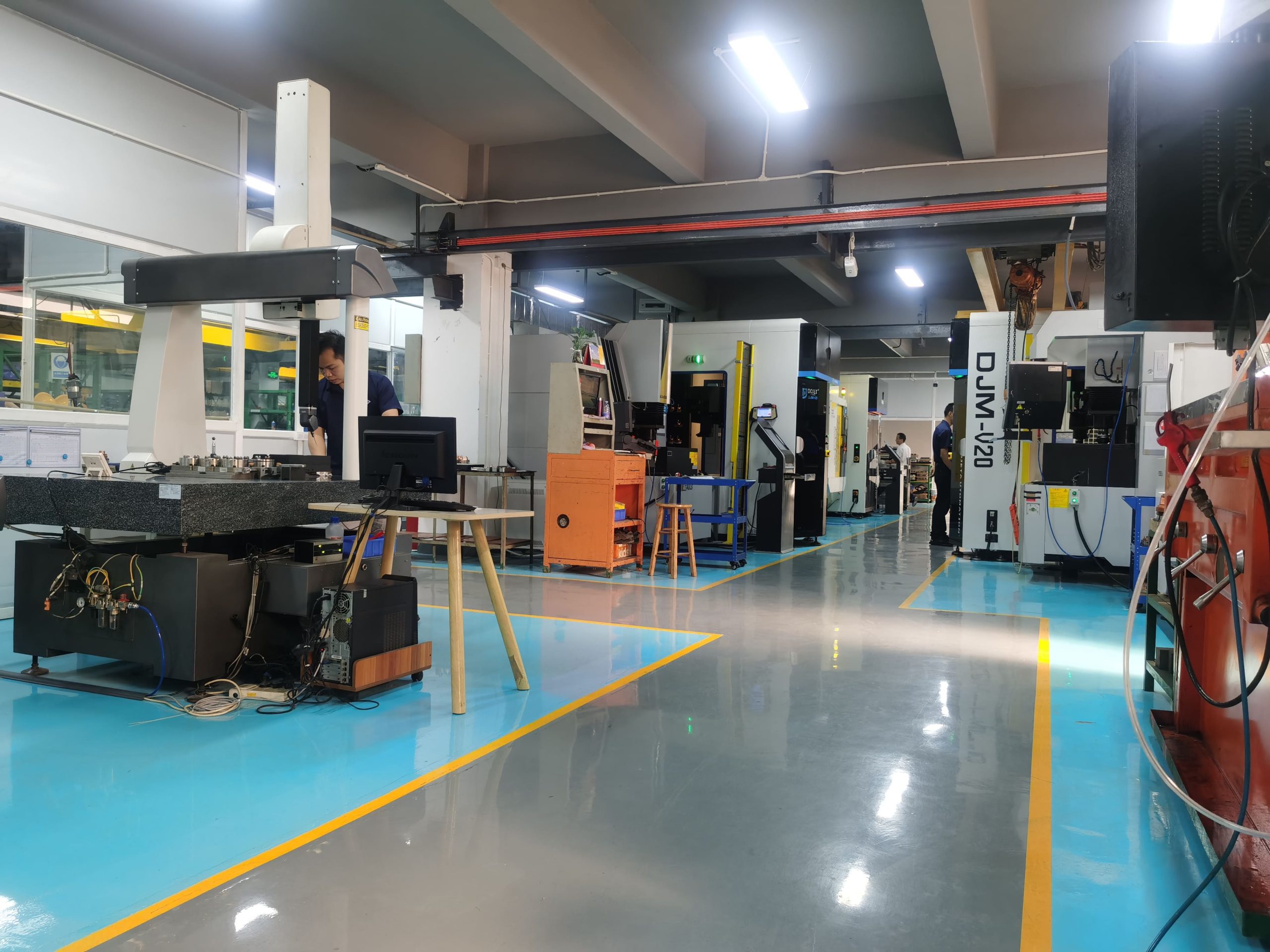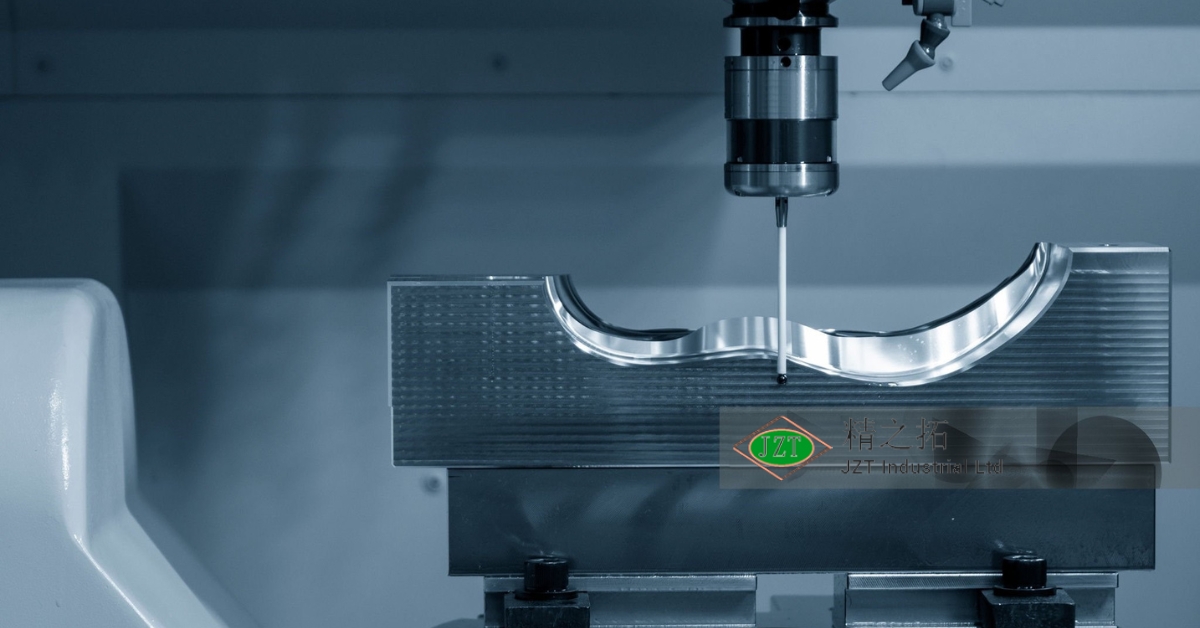소개
In the world of modern automotive manufacturing, 플라스틱 사출 성형 has become a fundamental technique for producing a wide range of 맞춤형 플라스틱 부품. This method allows manufacturers to create durable, lightweight, and intricately designed components essential for today’s vehicles. The versatility and efficiency of 플라스틱 사출 금형 make them a top choice for producing complex automotive parts, from dashboards and instrument panels to under-the-hood components.
The increasing use of plastic in automotive applications stems from the industry’s need for materials that reduce weight, lower production costs, and meet high-performance standards. 플라스틱 부품 제조업체 have adopted injection molding because it offers precision, consistency, and scalability in high-volume production. This article will dive into why injection molding is so well-suited for complex automotive components, exploring its advantages, the role of material selection, advanced techniques, design considerations, and how it supports sustainability goals in the automotive sector.
Understanding the Need for Complex Plastic Parts in Automotive Applications
As vehicles become more sophisticated, the role of plastic components has expanded significantly. Plastic parts are now a core element in various systems within the car, from interior aesthetics to engine performance. The increasing reliance on plastics can be attributed to their unique properties that make them suitable for both structural and functional applications.
Increasing Use of Plastics in the Automotive Industry
Plastic has replaced metal in many areas of automotive design due to its lightweight nature and ability to improve fuel efficiency. According to industry reports, modern cars consist of up to 50% plastic by volume, yet these components contribute to only 10% of the vehicle’s weight. The trend toward lightweight vehicles aligns with stringent regulations aiming to reduce emissions and improve fuel economy. Plastics make this goal achievable without compromising safety, performance, or durability.
Key Benefits of Plastic Parts in Automotive Design
The appeal of plastic parts in automotive manufacturing lies in several factors:
- Weight Reduction: Plastic parts are significantly lighter than metal, improving fuel efficiency and reducing the car’s overall weight.
- 비용 효율성: Plastics are often more affordable than metals and can be molded quickly, reducing both material and labor costs.
- Corrosion Resistance: Unlike metal, plastic parts resist corrosion, increasing the longevity and durability of components in all-weather conditions.
Examples of Complex Plastic Parts in Automobiles
Plastic parts are essential in various areas of vehicle design. Common examples include:
- Instrument Panels and Dashboard Components: Injection molding enables the production of intricately designed dashboards with integrated features.
- Engine Covers and Air Intake Manifolds: High-performance plastics are ideal for under-the-hood components that must withstand heat and chemical exposure.
- Interior Door Panels and Trim: Injection molding creates interior components that enhance comfort, aesthetics, and functionality.
Challenges in Manufacturing Complex Automotive Parts
While plastics offer many benefits, the complexity of automotive parts poses challenges for manufacturers. Parts often need to meet strict tolerance standards, handle high-impact forces, and function in extreme temperatures. Injection molding’s precision and ability to produce intricate geometries make it an ideal solution for these requirements, enabling manufacturers to create complex parts that meet rigorous standards.
How Injection Molding Meets the Demands of Complex Automotive Parts
그만큼 플라스틱 사출 성형 process is uniquely suited to meet the demands of complex automotive plastic parts. From intricate designs to high-volume production, injection molding offers numerous advantages that make it a top choice for 플라스틱 부품 제조업체 in the automotive industry.
Precision and Consistency in Production
One of the most significant benefits of injection molding is its ability to produce parts with tight tolerances and consistent quality across high production volumes. In the automotive sector, precision is crucial. Parts like dashboard panels, door handles, and gear shift components require exact dimensions to fit seamlessly into the assembly. Injection molding achieves this by using high-quality 플라스틱 사출 금형 that ensure each part is identical to the next. This consistency not only speeds up the assembly process but also improves the quality and reliability of the final product.
Scalability for High-Volume Production
The automotive industry relies on large-scale production to meet global demand. Injection molding is ideal for this requirement, as it allows manufacturers to produce thousands or even millions of parts in a relatively short time. Once the mold is created, the per-part cost decreases significantly with higher production volumes, making injection molding highly cost-effective. This scalability is particularly advantageous for automotive manufacturers who need a consistent supply of 맞춤형 플라스틱 부품.
Ability to Create Intricate Geometries
Injection molding excels in creating parts with complex geometries, undercuts, thin walls, and integrated fasteners. Automotive parts often require intricate designs to accommodate electrical wiring, sensors, or fluid passageways. For example, air intake manifolds need complex channels to optimize airflow to the engine, which can be achieved through precise mold designs. The flexibility of injection molding allows manufacturers to create these complex parts in a single molding cycle, reducing the need for assembly and enhancing part strength.
재료의 다양성
Automotive parts are exposed to diverse conditions, from extreme temperatures to constant mechanical stress. Injection molding offers flexibility in material selection, allowing manufacturers to choose from a wide range of plastics to meet specific performance requirements. High-performance thermoplastics, such as polycarbonate, nylon, and ABS, are commonly used for their strength, durability, and resistance to impact. Additionally, these materials can be enhanced with additives for improved properties, such as UV resistance for exterior parts or flame retardancy for under-the-hood components.
Cost-Effectiveness for High-Volume Manufacturing
While the initial cost of tooling for 플라스틱 사출 금형 can be high, injection molding is extremely cost-effective for high-volume production. The process allows for high-speed production and efficient use of materials, with minimal waste. In the automotive industry, where margins are often tight, injection molding provides an economical solution for manufacturing large volumes of parts without compromising on quality.
Advantages of Injection Molding for Automotive Applications
Injection molding offers several key advantages that make it the preferred method for manufacturing complex automotive parts. Each advantage contributes to the quality, functionality, and cost-effectiveness of the final product.
1. Design Flexibility
Injection molding provides extensive design flexibility, enabling the creation of complex shapes and features. For automotive components, this means integrating clips, fasteners, or brackets directly into the part, reducing the need for assembly. Multi-functional parts streamline the manufacturing process, reducing costs and improving durability by minimizing the number of separate components.
2. Enhanced Strength and Durability
Automotive parts must withstand significant stress, especially in high-impact areas or components exposed to heat and chemical exposure under the hood. Injection molding allows for the use of reinforced materials, such as glass-filled nylon or carbon-fiber composites, which provide added strength without excessive weight. These materials improve the performance of parts like engine covers, fuel system components, and structural supports, ensuring they meet rigorous automotive standards.
3. Lightweight Construction
Weight reduction is a critical goal in automotive design, as lighter vehicles consume less fuel and produce lower emissions. Injection-molded plastic parts are considerably lighter than metal alternatives, enabling manufacturers to reduce vehicle weight without sacrificing performance. The strength-to-weight ratio of plastics like polypropylene and polycarbonate is especially beneficial for applications like dashboards, door panels, and other interior components.
4. Consistent Quality and High Precision
The high precision of injection molding ensures that every part produced meets the same specifications, reducing the risk of defects and assembly issues. For automotive applications, where consistency is key to vehicle safety and functionality, this reliability is invaluable. Precision in mold design and process control enables manufacturers to meet tight tolerances, ensuring components fit perfectly within the vehicle assembly.
5. Reduced Waste and Eco-Friendliness
Injection molding is an efficient manufacturing process that produces minimal waste. Excess material can often be recycled, and the process itself is highly controlled, ensuring that only the necessary amount of material is used for each part. With the automotive industry increasingly focused on sustainability, injection molding’s low waste output and potential for recycled materials make it an eco-friendly choice.
The Role of Material Selection in Automotive Injection Molding
Selecting the right material is essential to achieving the desired performance characteristics for 맞춤형 플라스틱 부품 in automotive applications. Different materials offer unique properties, such as high heat resistance, impact strength, or chemical resistance, which make them suitable for specific applications within a vehicle.
Overview of Commonly Used Automotive Plastics
Several plastics are commonly used in automotive injection molding due to their performance characteristics:
- 폴리프로필렌(PP): Known for its durability, flexibility, and resistance to chemicals, often used in interior trim and under-the-hood components.
- Acrylonitrile Butadiene Styrene (ABS): Offers excellent impact resistance and aesthetics, ideal for dashboard components and instrument panels.
- Nylon (PA): With high mechanical strength and heat resistance, it is used for gears, fuel system components, and other high-stress applications.
- 폴리카보네이트(PC): Known for transparency and impact resistance, used for lighting components and parts requiring optical clarity.
High-Performance Plastics for Enhanced Properties
In applications where standard plastics may not suffice, high-performance thermoplastics such as PEEK (Polyether ether ketone) and PPS (Polyphenylene sulfide) provide advanced properties. These materials offer enhanced heat and chemical resistance, making them suitable for extreme environments, such as in fuel system components or parts near the engine.
Adding Reinforcements and Fillers
Reinforcing plastics with fillers, such as glass or carbon fibers, significantly increases their strength, rigidity, and thermal stability. This process is essential for automotive components that experience mechanical stress, such as engine mounts and structural elements. By adding reinforcements, manufacturers can produce lighter parts that perform similarly to metal components, achieving the benefits of both strength and reduced weight.
Importance of UV and Chemical Resistance
Automotive parts are often exposed to sunlight, fuel, and oils. For exterior components like bumpers and fenders, materials with UV stability prevent degradation over time, maintaining the part’s strength and appearance. Chemical-resistant materials are also critical for under-the-hood components exposed to oils, coolants, and other fluids. Choosing the right materials ensures durability and longevity, reducing the need for frequent replacements.
Key Injection Molding Techniques for Manufacturing Complex Automotive Parts
Advanced injection molding techniques allow 플라스틱 부품 제조업체 to create more complex, functional, and high-performance parts, meeting the varied demands of automotive applications.
오버몰딩
Overmolding involves molding a second material layer over a base part, allowing the creation of multi-material parts with distinct functions. In automotive interiors, overmolding can add a soft-touch surface to a rigid structure, enhancing both functionality and comfort for parts like steering wheels, handles, and dashboards.
인서트 몰딩
Insert molding embeds metal or other materials within a plastic part, improving structural integrity and adding threaded inserts or other reinforcements. This method is ideal for parts that require metal reinforcements for strength, such as brackets, fasteners, or components exposed to high loads.
가스 보조 사출 성형
Gas-assisted injection molding introduces pressurized gas to create hollow sections within the part, reducing weight while maintaining structural integrity. This technique is useful for larger automotive components like seatbacks, armrests, and door panels, where weight reduction without sacrificing strength is beneficial.
Foam Injection Molding
Foam injection molding involves the use of a foaming agent to create a lightweight, rigid structure within the plastic part. This method is ideal for applications requiring structural integrity without added bulk, such as in dashboards and other large panels.
Precision Injection Molding
Precision injection molding enables the production of highly intricate parts with tight tolerances, critical for components like electrical connectors, sensors, and small interior parts. This technique is invaluable in producing reliable, high-performance parts essential for vehicle safety and electronic systems.
Design Considerations for Injection Molded Automotive Parts
Effective design is crucial to the success of injection-molded automotive parts. Design choices impact everything from manufacturability to part performance, and following Design for Manufacturability (DFM) principles ensures that parts are both functional and efficient to produce.
Importance of Design for Manufacturability (DFM)
DFM principles streamline the production process by reducing complex features that complicate mold design and increase production costs. Draft angles, ribbing, and consistent wall thicknesses help prevent warping, reduce material use, and minimize production time.
Managing Complex Geometries
Automotive components often have complex shapes to accommodate other parts or wiring. Proper design ensures mold filling without defects, while draft angles and fillets ease demolding and reduce stress concentrations.
Thermal Management and Heat Resistance
For under-the-hood components, thermal management is essential. Heat-resistant materials and designs that dissipate heat effectively ensure parts like engine covers or intake manifolds maintain their structural integrity and function reliably under extreme temperatures.
Assembly and Integration of Multiple Components
Integrating multiple parts into one molded component reduces assembly time and enhances durability. Injection molding can incorporate clips, fasteners, and snap-fits directly into the design, improving overall part functionality and ease of assembly.
결론
Injection molding has proven to be the ideal solution for manufacturing complex automotive plastic parts. Its precision, scalability, and flexibility in design make it well-suited to meet the automotive industry’s demands for high-quality, durable, and lightweight components. Furthermore, advancements in material science and molding techniques continue to expand the possibilities for automotive applications, enabling the production of parts that are both innovative and cost-effective.
From lightweight instrument panels to high-performance engine covers, injection molding supports the automotive sector’s goals for improved efficiency, sustainability, and performance. Choosing a skilled 플라스틱 부품 제조업체 with experience in automotive applications is essential to achieving the best results, as it ensures that each component meets stringent industry standards and delivers the reliability that customers expect.
자주 묻는 질문
What are the main advantages of using injection molding for automotive parts?
Injection molding offers design flexibility, high precision, and scalability, making it ideal for high-volume automotive parts. It also enables the use of lightweight materials, which improves fuel efficiency and reduces vehicle weight.
Which types of automotive parts are best suited for injection molding?
Parts like dashboards, door panels, engine covers, and interior trim are well-suited for injection molding due to their complex shapes, need for lightweight materials, and high production volumes.
How does injection molding support sustainability in automotive manufacturing?
Injection molding minimizes material waste and supports the use of recyclable materials, contributing to sustainability goals. It also allows for lightweight parts that improve fuel efficiency, reducing emissions.
What is the role of material selection in producing durable automotive plastic parts?
Material selection impacts the durability, heat resistance, and performance of automotive parts. High-performance materials like nylon, ABS, and polycarbonate provide the necessary strength and thermal stability for automotive applications.
How do I choose the right injection molding partner for complex automotive components?
Look for a partner with experience in the automotive sector, advanced equipment, and quality certifications like IATF 16949. A collaborative supplier can assist with design, material selection, and manufacturability to ensure high-quality, reliable parts.

